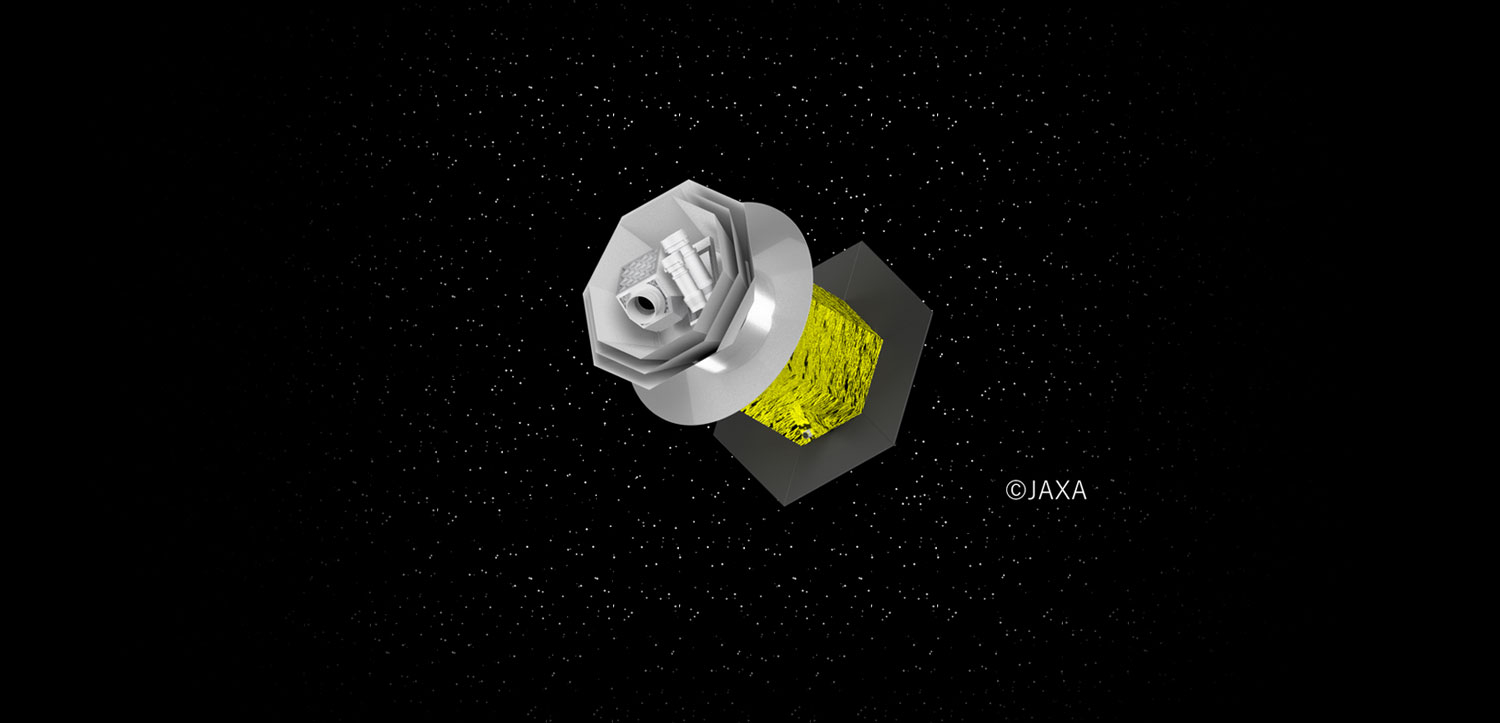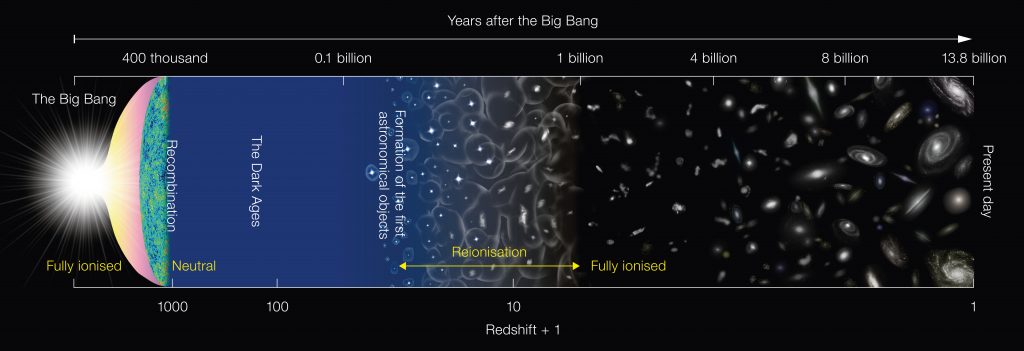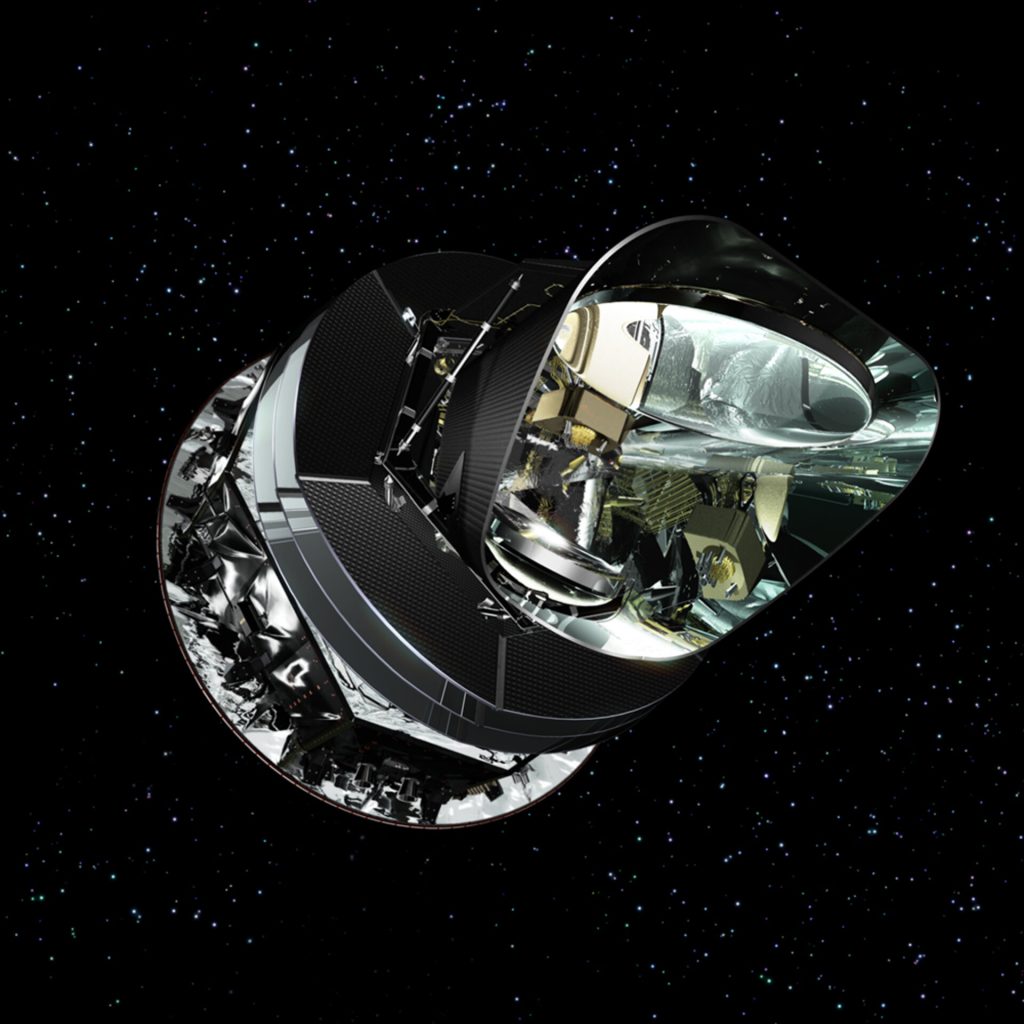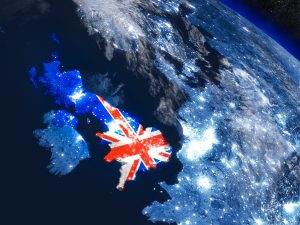UKSA To Provide £17 Million Towards Big Bang Project: LiteBIRD
6th Oct 2023
The UK Space Agency has announced £17 million will be injected into a Japanese-led light tracing project that’s aiming to uncover the mystery behind the dawn of the universe. LiteBIRD – the Light satellite for the study of B-mode polarisation and Inflation from cosmic background Radiation Detection – will trace light patterns going as far back as the big bang. The project aims to prove, or disprove, the theory of cosmic inflation – the way the universe grew post the Big Bang – and paint a clear picture of how the universe started.
An initial £2.7 million will target the project’s highly intricate instruments, and the production of telescope lenses and filters. Minister for Space, George Freeman, said in a statement: “This initial £2.7 million investment through our UK Space Agency in the first phase of the LiteBIRD mission, led by Japan, to explore the origins of our Universe, is a great moment for both UK space science and technology and our deepening science, technology and innovation collaboration with Japan.”
What The Project Will Research

Cosmic Microwave Background Radiation (CMB) was the first light to be released after the Big Bang, the European Space Agency (ESA) said. They added that the ‘fossilised radiation’ is observable via our telescopes and was the first light to travel freely. Ultimately, the theory for an expanding universe – or cosmic inflation – is believed to be supported by the presence of CMB.
LiteBIRD will explore variations of CMB to solidify, or disprove, the widely believed theory that the universe expanded instantaneously after the Big Bang. Scientists predicted that “primordial gravitational waves [CMB] will be observable in the light left over from the very beginning of our universe,” UKSA said.
To test cosmic inflation, LiteBIRD will study CMB B-mode polarisation patterns. By using high, mid, and low-frequency telescopes to detect B-mode signals, the outcome should detail the explosive beginnings of the universe.
The International Consortium
Japan’s Space Agency, JAXA, will head the project, with LiteBIRD expected to launch sometime in 2030. UKSA will invest £17 million into the 7-year-long development phase. And as part of the European team, the UK will follow direction from CNES. The French space agency are leading on the development of the high and mid-frequency telescopes.
However, the underlying expertise will come from Cardiff University, who will construct the optical lenses and filters. Cambridge University, Mullard Space Science Laboratory, University College London, Oxford University, Manchester University, and Sussex University will provide support. In addition, a team of UK scientists will also work on the project’s “specialised instruments”. From there, they will analyse the information unearthed.
Cardiff University’s Role In The Project
UKSA said Cardiff University was picked to lead the university consortium due to being: “the only institution in the world with the expertise needed to make [the lenses and filters].” The team will develop two of the telescope’s lenses, whilst simultaneously creating the filter for the JAXA built low-frequency telescope.
Mr Freeman added: “The LiteBIRD mission will use specialised telescope technology developed by Cardiff University and a consortium of UK universities pioneering world class deep space science and cutting-edge technology.”
Other Projects Studying The Universe’s Beginnings

Lancaster University has been studying primordial density perturbation, which they describe as the seed for CMB temperature changes. As a result, their research has led to further contributions towards dark matter, primordial magnetic fields, and many more.
Equally, the European Commission and ESA previously used their PLANCK microwave telescope to study the cosmic inflation theory. Labelled RADIOFOREGROUNDS, ESA worked to identify CMB enveloped in interfering signals to expose the “conditions in the early universe”.
Augmenting Space Ties With Japan
LiteBIRD is just the tip of the iceberg for Britain and Japan’s relationship. UKSA announced they will be supporting Viasat’s in-orbit telemetry relay, by investing £1.7 million via their International Bilateral Fund. To launch in 2024, the satellite will be onboard the Japanese H3 rocket, developed by Mitsubishi Heavy Industries. JAXA has also shown an interest in the under-construction UK spaceport, SaxaVord. Once SaxaVord receives its launch licence, JAXA are aiming to test their suborbital rockets via the Scottish launch site.







Thank you for your comment! It will be visible on the site after moderation.